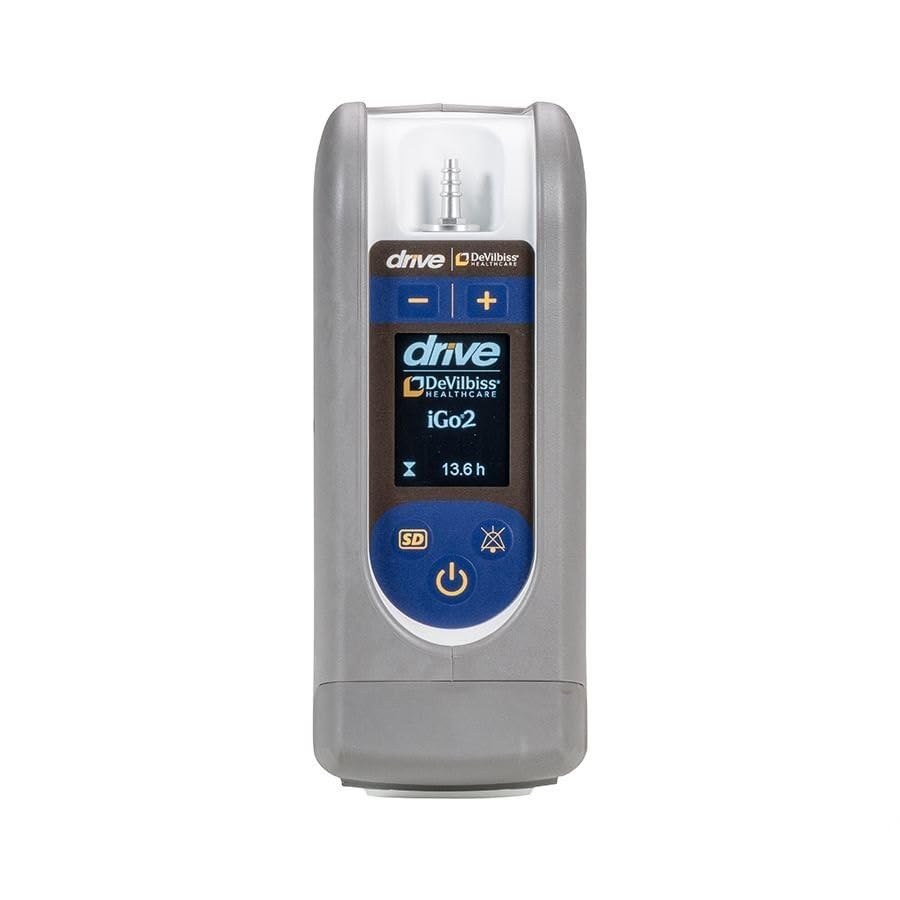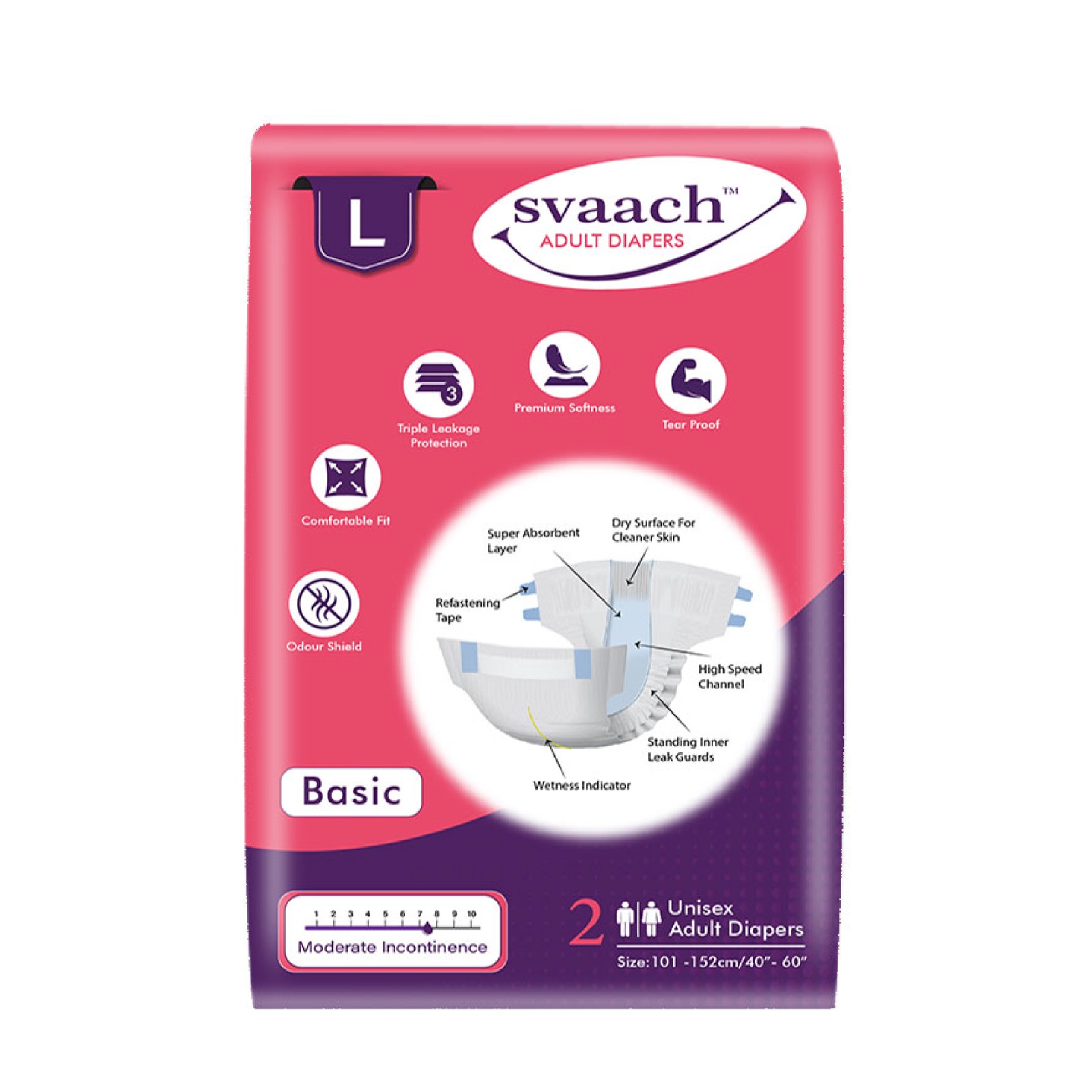Whether in a medical clinic or hospital, audio solutions perform multiple roles as part of overall PA systems. With proper tools, you can use the same set of units to play suitable music in the background at a required level while patients and visitors wait in the room or send a message to the next patient to meet a doctor. The sound system can keep the atmosphere relaxed in the facility. After the pandemic, reception desks started using glass screens and partitions in healthcare centers. A robust audio system allows communication between Points A and B to flow smoothly, even with physical barriers.
You may also have realized that waiting rooms and corridors lack privacy. If sound masking is at work, this problem will not occur. It will be easy to maintain patients’ details confidential. When discussing a hospital’s sound system, it’s essential to recognize that places like hospitals and medical clinics also require tools like voice alarms and compliant loudspeakers for emergency or evacuation announcements. To be precise, this solution has plenty of responsibilities to handle. But choosing commercial grade systems sometimes feels complex because of the limited knowledge about technologies and new advancements. At the same, one must consider different factors before picking anything. With enough experience and know-how, it’s possible to create a unified healthcare paging system for hospitals. To overcome some concerns, let’s understand a few facts.
What is the need for audio systems in healthcare facilities or hospitals?
Paging or audio system monitoring exemplifies the advancement in security infrastructure. The new products offer scalability over the tried and tested methods while promising an increase in revenue. People develop a sense of loyalty toward a hospital as they feel the staff cares for them. It is undeniable that access control and video surveillance intrusion detection are critical security components. However, these still need more to make your center secure; audio monitoring can create this opportunity. Hospitals suffered from operational setbacks, whether it was Ebola, Coronavirus, or H1N1 outbreaks. But the latest audio technologies have been critical even during crises like endemics and pandemics.
Accessible communication between staff and patients
During the COVID-19 peak, hospitals provided non-emergency care and elective procedures while protecting non-infected patients and workers. It was a monumental task. The staff was most vulnerable. It took a toll on their mind and body, causing fatigue and burnout. Hospital workers used PPE as the first layer of defense. The kit included eyewear, gloves, gowns, facemasks, and face shields for use in hot zones during interactions with infected or potentially infected patients. During that time, audio equipment with listen-and-talk capabilities provided tremendous relief in handling infection cases. To communicate easily with the patients, nurses relied on two-way audio devices integrated with surveillance cameras to offer remote care.
At the touch of a button, nurses can instruct patients with fewer personal interactions. Hence, installing base stations at nurses’ workstations and ceiling speakers in patient rooms will allow nurses to respond better to medical emergencies. When kept at the entrance and in waiting rooms, the audio analytics with microphones can track any threatening behavior from the visitors and alert the security and admins to take proper actions within a short reaction time.
Better revenue
Paging audio systems for hospitals are affordable and easy to install. Because it takes less elbow grease and time to install the devices, you pay lower labor charges. Stuff like speakers or microphones and IP microphones come with minimal setup requirements as most of them are plug-and-play connections. Hence, the configuration can happen within a short time. To integrate a microphone into the already-in-use video solution, one must plug one into the other. With this step, it becomes possible to leverage both video stream and audio monitoring systems.
Industry practices for audio installation
Successful deployment of audio solutions requires attention to three factors. First, you must let people know through adequate signage that the premise uses audio and video surveillance methods. Place the signs at all the entry points, including the rear, front, and side. It’s necessary to follow this as part of legal compliance. At the same time, it will deter troublemakers. Another critical decision is using microphones in the right places and positions. During security planning, you can choose locations that require audio integration to make the medical staff’s job easy. Patient rooms and nurses’ desks will require two-way audio devices. Determine the placement also. Make sure you follow the camera placement instructions to place audio systems rightly. You can involve administrators in strategic decision-making and guidance.
The last but crucial thing is to inform staff that audio is only for security and communication purposes. It will help investigate events and resolve them. When you take them into confidence, the use of the two-way audio systems will likely increase among the staff as and when they need it.
A quick look at complete AV solution for a hospital
Video conferencing became the mainstay of the medical care facility during the COVID-19 rise. Healthcare staff, including doctors, used this method to manage their patients remotely, curtailing the need for in-person meetings. However, it’s just evidence that video conferencing deserves to be a part of the hospital care systems. With this medium, doctors can easily collaborate with other experts for treatments and share their expertise. It can also be helpful in training sessions to impart knowledge about new medical procedures or methodologies to the staff.
Another superior technology can be digital signage systems for healthcare facilities. Large hospitals need them most. People can refer to floor plans, maps, and arrows to reach their destination. Some interactive systems offer route customization flexibility. However, it’s just one thing. These systems also help with managing queues. Visitors and patients can look for updates on the displays while moving. One may also need them for alerts and schedules.
Nevertheless, equipping hospitals and other healthcare units with modern safety and security tools has become critical. The audio and video monitoring systems care for patients, the facility, and its staff. During emergencies or evacuation situations, these remain a reliable source of help.





























